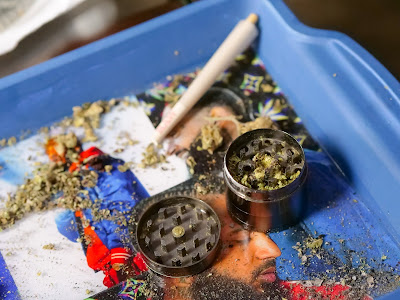Coronavirus: Protect yourself and others.

Continue to follow the hygiene and social distancing rules. The best way to protect yourself and others from infection is by regularly washing your hands with soap, keeping your distance and wearing a mask. Get together with fewer people Many people contract coronavirus in social settings because they cannot or do not want to comply with physical distancing when they are with family and friends. Given the number of cases, it is important to avoid meeting up with others in large groups. It is also important that you mix with fewer people overall. This will help slow down the spread of coronavirus. We recommend you consciously weigh up when to meet up with people. Consider how many different friends, family members and coworkers you have met up with in the last few days, or will meet up with soon. The more face-to-face contact you havewithin a short period of time, the more people you could infect if you contract coronavirus. Keep your distance You can be infected wit...











